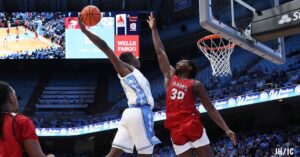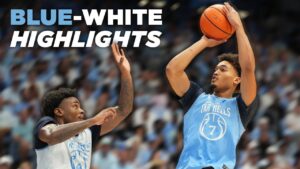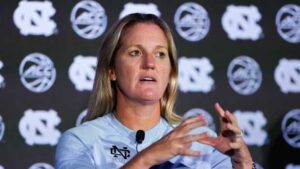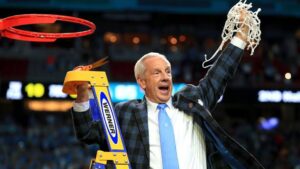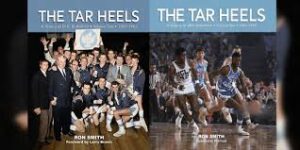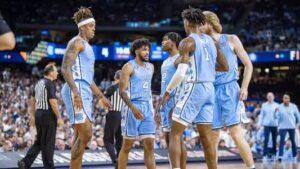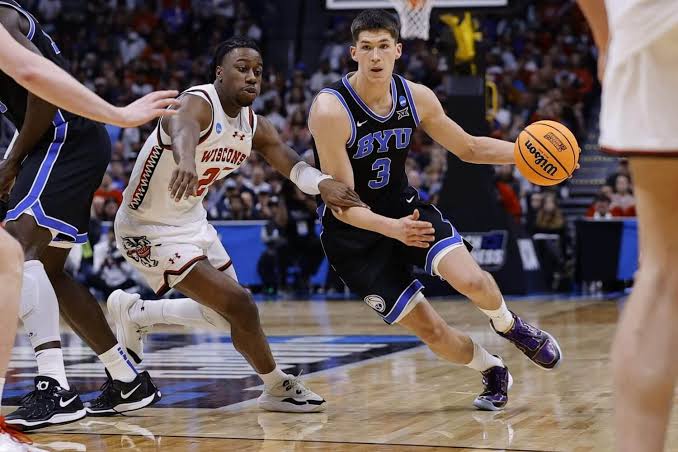
Miško Ražnatović went to his first Final Four in April. A few years ago, the trip to college basketball’s ultimate networking event would have been a waste of time for the agent of Nikola Jokić; most of the young players Ražnatović represents would never have considered coming from overseas to play for a university in the United States. But over four days in San Antonio, he had 70 meetings. Next season Ražnatović will likely represent between 35 and 50 college players.
season Ražnatović will likely represent between 35 and 50 college players.
“(Ražnatović) used to not even pick up the phone for the NCAA before,” said Dražen Zlovarić, a former college player and coach who is the director of North American basketball for BeoBasket, the Serbia-based agency Ražnatović runs. “It’s basically fair game for everybody now. Like the guys that you never think would come to college are actually coming to college.”
The reason is obvious: Money. College basketball’s top talents will earn seven-figure salaries next season, and most of the European players who are rushing over the Atlantic to cash in will be leaving behind five-figure salaries.
“They can make in one season what they can make in half of their career by going to college,” said Avi Even, the former sports director for Maccabi Tel Aviv B.C. who recently became the director of basketball operations for the overseas basketball agency Octagon Europe. “So there’s no reason for them to stay here.”
Programs like Gonzaga, Davidson and Saint Mary’s recruit internationally on an annual basis and have carved out a niche in college basketball’s talent market over the past few decades. In recent years, more schools have explored their options overseas, but it was still difficult to convince the best prospects — particularly those connected to teams in the EuroLeague, the continent’s highest level of competition — to leave.
The traditional route for these players has been to start with a professional franchise’s youth program at an early age. The franchises employ coaches to work with those players, often house and feed them in their teenage years and see the payoff when they eventually play for the top team. But in the past 18 months, permissive NCAA eligibility rulings, opportunistic agents and rising pools of name, image and likeness money have combined to open the floodgates.
